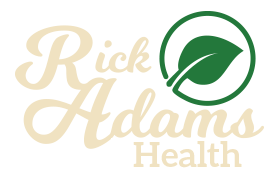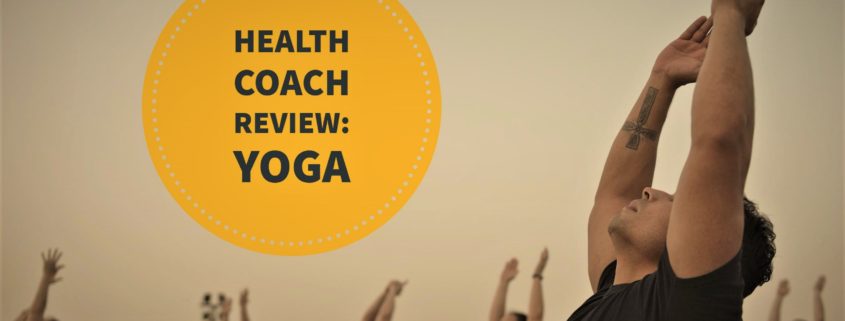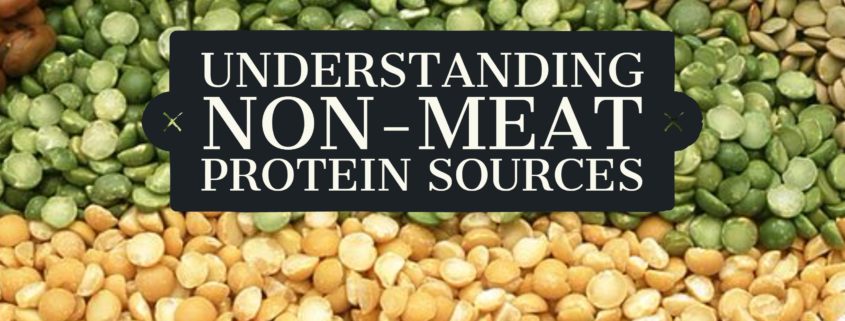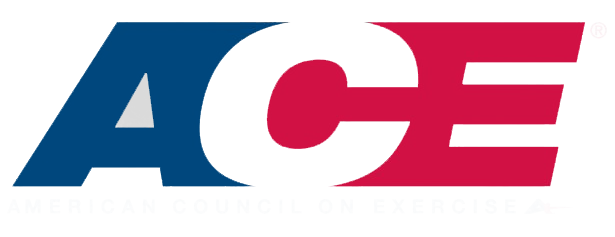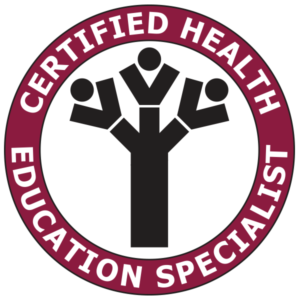Health Coach Review: Yoga
This is the first article in a periodic series where I will give my honest opinion on exercises, eating habits, and other health-related activities. These articles will be about activities that are new to me personally and I will share my thoughts on them as a health professional.
Over the summer, I went to a free, outdoor yoga event at a local baseball field. It was a light-intensity workout that lasted about 45 minutes, and I enjoyed it very much. While I was there, I received a certificate for a free week of yoga at a local studio. Since the certificate was good for the rest of the year, I decided to use it in December when the weather became cold.
About a month ago, I started with the intention to try the different yoga classes and attend more than one a day, if possible. They had 30 minute, 45 minute, and one hour classes. The classes were based on yoga basics, power yoga, and Baptiste Power Vinyasa. I noticed quickly how much of a challenge yoga can truly be. Even simple poses like “Upward Salute” were fairly intense when following the correct technique (stretching hands towards the sky, lifting through the torso, shoulders back, and fingers spread apart). It focused not just on improving flexibility, but also strengthening the entire body as well.
Even with just one week of yoga, I could feel specific benefits. I am already a flexible person, but I did notice a slight improvement. I also noticed an improvement to my balance. Yoga can put you into unorthodox positions in which good balance is required. It can be easy to forget that yoga is a form of strength exercise and is a great tool to make your entire body stronger and more structured. Also, I enjoyed the end of our classes were we took a few minutes to lie down on our backs and relax with a lavender water-soaked facecloth resting on our eyes. It was a nice way to calm down and relax after a fairly intense workout before leaving class.
After my week was finished, I realized there are great benefits that people of all ages and abilities can receive from yoga. I believe that people who are not comfortable lifting weights or enjoy conventional gyms would benefit the most from this type of exercise. Due to the amount of stretching, holding poses, and the body strength required, it is also great for improving posture and relieving joint pain by improving joint-supporting muscles. While you are unlikely to bulk up through yoga alone, it will definitely help you become leaner.
Overall, I greatly enjoyed my classes during that week and continue to practice at home on my own many of the poses that I learned. I hope to return soon because I liked having instructors giving feedback in a small group environment. I already have a new yoga mat for when I get the chance to return. If you have an interest in yoga or want to improve your physical activity away from the gym, then have an open mind and give it try.

CHES, ACE Health Coach, AFPA Nutrition & Wellness Consultant
Understanding Non-Meat Protein Sources
One misconception I hear from time to time is that you have to eat meat in order to get a proper intake of daily protein. While meat products do have all the amino acids to make a “complete” protein, they are not the only choice. There are several non-meat options available but there is a trick to getting the most bang for your buck when eating your non-meat proteins.
Proteins are made from 20 different types of amino acids. Thankfully, your body naturally produces 11 of those amino acids. The nine amino acids that the body does not naturally produce are called essential amino acids. They are “essential” because it is essential that you eat them. These nine essential amino acids are important for several reasons, such as fighting off infection, producing healthy skin, breaking down fat, and developing proper brain function.
There is debate whether there is a need to combine non-meat protein sources in order to receive the correct amount of all nine essential amino acids. This theory is known as “complimentary proteins” and deals with combining non-meat sources of protein. Some examples are pairing beans (legume) with rice (grain), peanut butter (legume) and wheat bread (grain), and cereal (grain) with milk (dairy). While some argue it is not absolutely necessary to make these combinations, you will intake all nine essential amino acids if you do.
Non-meat sources of protein have different amounts of protein in them. Some of the highest protein options come from dairy products like cheese, yogurt, or milk. However, there are a variety of non-meat foods you can eat in order to increase protein intake, including almonds, walnuts, green peas, broccoli, asparagus, green beans, spinach, artichokes, chickpeas (hummus), soy products, oatmeal, quinoa, lentils, brown rice, and black beans.
There are also protein powders that can be derived from some of the food items I listed above. The most common protein source in a protein powder is whey, which comes from milk. There are also protein powders available with soy protein, pea protein, and brown rice protein. Whey protein will always have the most saturated fat because it is derived from an animal source. Always be mindful of the sugar content of protein powder as well. Many people want their protein powder to taste good, but make sure it is not a glorified chocolate/vanilla/ strawberry milkshake.
There are many ways in which you can acquire your protein intake through a variety of different types of food. This does not mean you cannot ever have meat, but do realize it is not the only source in which you can receive appropriate amounts of protein.

CHES, ACE Health Coach, AFPA Nutrition & Wellness Consultant
3 Ways to Set Yourself up for New Year’s Resolution Success!
Here we are at the end of the year. Looking back on the past year, we reflect on what we have achieved and what we hope to accomplish in the New Year ahead of us. People think about what their New Year’s resolution should be. Some people consider it seriously, and others somewhat jokingly say what they would like to accomplish. While many resolutions do not come to fruition, there are ways to achieve yours. New Year’s resolutions often fail because people do not set themselves up to succeed. You would not take a test or give a speech without some kind of planning or preparation. Let’s take a look at some ways to turn your resolutions from a wish into a realistic goal.
Put the Holidays Behind You
When the New Year comes, I often work with people that set one or more resolutions. Sometimes they say it in an apologetic manner, as if it sounds silly or cliché. They understand that many people set these resolutions but give up on them soon thereafter. Honestly, waiting for the New Year to set new goals for yourself is a good idea for several reasons. In the last few months of the year, the days begin to get darker, the weather begins to get colder in most parts of the United States, and the holiday season sets in (and with it comes stress, sweets, and large meals). As we head into January, the major holidays are behind us and the days (slowly) start to become longer again. The last few months of the year are usually difficult for most people and many people get off track with a healthy lifestyle. Don’t feel bad about making New Year’s resolutions; it actually makes a lot of sense!
Prepare and be Specific
Alright, you have decided that you are going to set one or two resolutions for yourself. Now how exactly are you going to follow through with them? Most people make resolutions with little thought on how they are going to reach their goals; unsurprisingly, this does not work. Before putting your resolutions into action, make a plan for how you will approach them. Set a time frame (Example: “For the next month…” “For the next four months…”), decide what days you will work on your goals (“3 days a week” “every Monday, Wednesday, and Friday”), and obtain what items you need before you begin (“gym membership” “Nutribullet”). Also, make sure to remind yourself of your goals to get into a consistent routine (set phone reminders, write notes on the calendar). By actually having a plan of action, your likelihood of reaching your goals increases greatly.
Partner Up
One of the great things about New Year’s resolutions is that many other people set them too. Everyone has a friend, coworker, or family member that has set a New Year’s resolution. It is a great opportunity to partner up with another person to help each other achieve both your goals. Accountability is vital to sticking with your routine and creating a habit out of your actions. Having another person to help you stay on track throughout the ups and downs improves your chances of reaching your long term goal.
Now you have a better idea how to actually make your resolutions into achievable goals. New Year’s gives everyone an even, fresh start to work on their resolutions. Your goals will still require hard work and may not always be easy. The more planning, preparing, and support you have the greater your chance of success. Best of luck on your New Year’s resolution!

CHES, ACE Health Coach, AFPA Nutrition & Wellness Consultant
